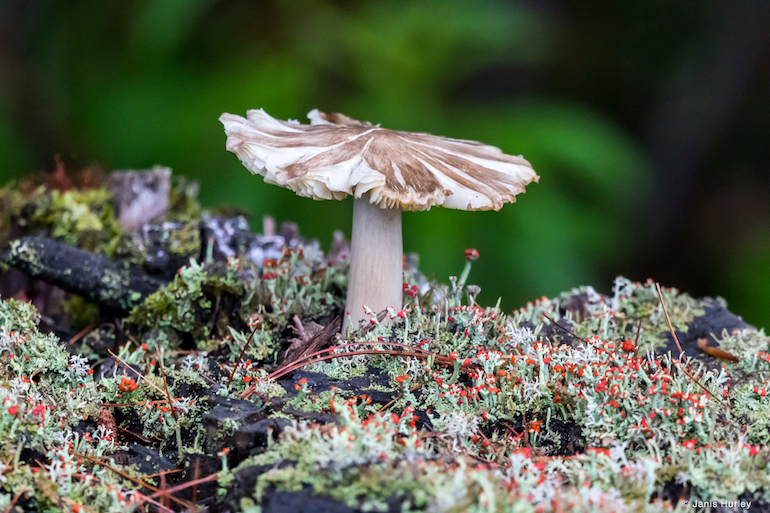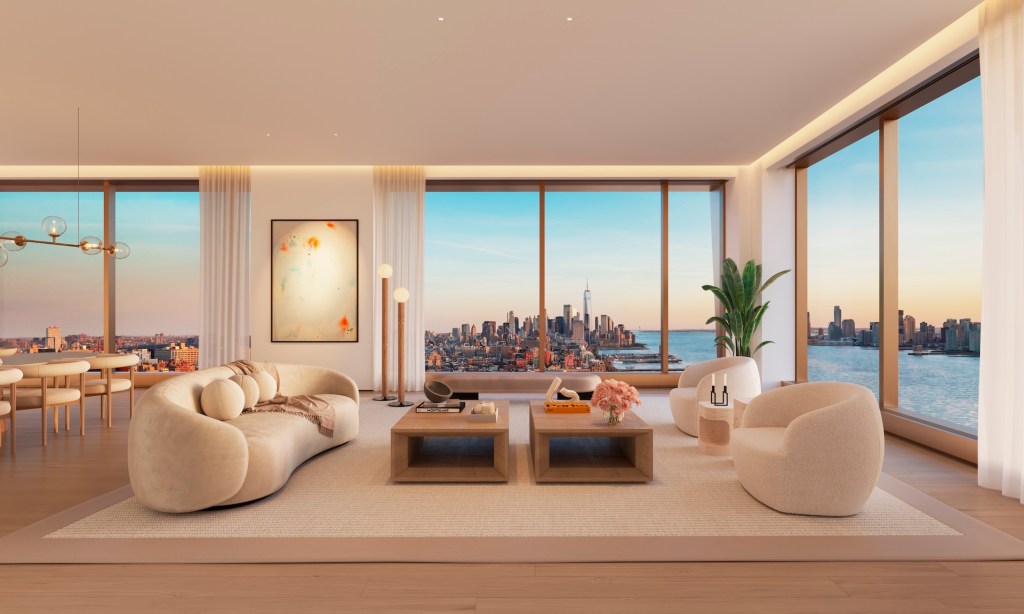Arbor Essence: A Review of Alex Ferrone Gallery's 'Arborescent National Exhibition'

Alex Ferrone Gallery presents the ‘Arborescent National Exhibition’ in Cutchogue. This guest feature explores the exhibition and the philosophy behind it.
“The clearest way into the Universe is through a forest.” —John Muir
The beloved motif of the tree, structural and solid and yet so alive in its Lucretian flux, is rooted in art history’s high points just as it is ingrained in the training of so many artists even in our own time (along with drapery and figure studies, a gradus ad parnassum of draughtsmanship). Aside from such popular favorites as Van Gogh’s cypresses, Monet’s poplars or Corot’s mystic willows, I have long loved the bare calligraphy of Fra Bartolomeo’s pollarded mulberry and the Lear-like majesty of the trunk of an old oak by Jacques de Gheyn IIamong the great drawings in the Morgan Library collection alone.
As the expertly curated Arborescent National Exhibition attests, so capably selected by Lillian Ball (whose credentials as an environmentalist match her formidable reputation as an artist) and installed by Alex Ferrone, the ramifications of the tree as a subject for photography, paintings, and sculpture extend in so many fascinating directions. From the atmospheric charms of Chad Djubek’s Daguerreotype, Schenley Tree, (talk about a Corot moment) to the undulating clouds of Mike McLaughlin’s almost-too-perfect Mecox Bay and beyond, these wide-ranging works pay homage to a massive subject.

Major literary lights have taken on the morphology of trees, including Goethe’s Metamorphosis of Plants and hundreds of pages that John Ruskin devotes to the drawing and painting of every inch of trees in the fourth volume of Modern Painters. Two works in my museum at the moment are based on the Tree of Life archetype, as capacious a conceit as any in the symbolic dictionary.
I see its resonant meaning in Jim Sabiston’s starkly dignified, Lear-like portrait of a single tree in the renowned Deadvlei clay pan in Namibia. It is easy to submit to the charm of a novel medium with Fractal Tree on Sycamore, which Ben Dworski-Riggs made by zapping wood with electricity (Lichtenberg fractal burning process, the artist as Zeus!) and varnishing the surface while leaving the verso as raw bark, much in the way Rodin or Noguchi would leave the “skin” of the stone untouched. In a similar vein, the eco print of leaves steamed into paper by which Anita Gangi Balkun created the lyric poem Rivoletto (she gathered the leaves and twigs along the Trout Brook trail in West Hartford) unfolds, andante, through time and space along the accordion format of what is essentially nature’s book.

The art critic as squirrel—jumping from work to work, connecting the actual midribs of Rivoletto’s stems, or the minuscule caravansary on the distant Namibian ridge of Sabiston’s Deadvlei Solitaire, with the tiny, ruby appendages in the undergrowth in Janis Hurley’s chromatic tour de force, Life on a Stump. Pamela Waldroup is a virtuoso of the gyre, whether a spiral stair or this endlessly intriguing maelstrom of color and form (those violet and orange tones) deep in the Cypress Knee Dissected, which brought to mind William Butler Yeats’s sublime coda to the ode “Among School Children:”
O chestnut tree, great rooted blossomer,
Are you the leaf, the blossom or the bole?
O body swayed to music, O brightening glance,
How can we know the dancer from the dance?
Charles A. Riley II, PhD, is an art critic and director of the Nassau County Museum of Art.
Arborescent National Exhibition at Alex Ferrone Gallery runs through September 20. 25425 Main Road, Cutchogue. Call 631-734-8545 or visit alexferronegallery.com for more info.



